Requiem for a Station Wagon
One of the rare examples of altruism in pistonheads concerns the (nearly extinct) American station wagon. They passionately defend the one automotive genre that the vast majority of American consumers wouldn’t be caught dead in (excepting a hearse). Why so much love for a car shape that’s been fading from the American scene for the best part of 25 years? The passion comes from recognition. The reality we’ll have to blame on Darwin and his stupid birds.
Wagons increase a car’s cargo space without altering the donor car’s fundament shape. They’re a bit heavier and generally a little shakier than their sedan siblings, but still offer car-like driving dynamics. This is important to enthusiasts, who value driving dynamics sur tout. Ironically, pistonheads hate compromises; generally speaking, they don’t buy wagons. But they recommend them to others– especially SUV owners– based on the combination of handling and hauling.
The other reason American pistonheads root for the station wagon: foreign car magazines and websites are full of them. They have them, we don’t. So they must be really good, right? Well, maybe, but first we need to have a little talk about the birds.
When Charles Darwin was hanging out down in the Galapagos, he had a thing for finches. While there were many different types of finches on the islands, Darwin figured they were all descended from a single type of bird. Responding to their environment (a.k.a. natural selection), one species had expanded into a dozen [car word now] niches.
Most foreign car markets divide cars into classes based on some combination of size and engine power. These classes are taxed at ever steeper rates as you move “up” the list. And the roads upon which they drive are narrower than our American highways and byways. This creates a demand for getting as much “bang for buck” on the smallest possible platform. Natural selection favors Eurowagonophilia.
On this side of the pond, save the gas guzzler tax and the ongoing financial penalties imposed by low mpg vehicles, the US has no size-related vehicular fees. If an American non-pistonhead wants a bit more space, there’s very little reason not to buy a SUV/CUV/Minivan. The price difference between a “normal” size (two-row) station wagon and a small “box” vehicle is minimal.
The old rear-drive (three-row, with a penalty box) wagon has no advantage on a minivan/big CUV other than cornering. And who buys a people-hauler for that? This also explains why “small” three-row haulers (MPV/Villager, the old Odyssey, Tribeca) have such low sales; there isn’t enough price “room” for them to compete with the big boys.
It’s not that manufacturers haven't tried– and tried again– to sell station wagons. Fifteen years ago, the first car Honda designed in the USA was the Accord Wagon. For years, it was the most-exported American-built car. Back in Ohio, the most common sales drivers for the Honda wagon were transplanted Japanese employees encouraged to “drive local.” When the Accord design was split into USA and “rest of the world,” the Acura TL was brought to the states and the wagon was kept small and built overseas.
If this seems like the destruction of a tradition, it really isn’t. The “classic” large American wagon was a fairly recent development, dating from the “new” car designs of the late 1940s. Earlier “station wagons” looked a lot like modern SUV/CUVs. The Chevy Suburban was called a “station wagon” at its introduction.
Right from the beginning, these new wagons were criticized for their lack of utility. The classic 1960 book “Insolent Chariots” not only criticized contemporary vehicles for being all flash, it also ripped station wagons for being useless for camping and other duties (he wanted a Jeep, before Jeeps were that big). While VW buses, International Scouts, and “custom” vans cut into the “utility” market for the next 20 years, it was the minivan that killed the large wagon segment.
The “secret” to the minivan was packaging. By using a “car-like” uni-body and transverse engine, minivans could haul like a wagon on a much smaller platform and offer genuine rear seats to boot. If you still needed to tow, there were always an SUV. As gas stayed cheap through the mid ‘80’s into the ‘90’s, more people moved into the “safer” (and much more commodious) SUVs and the new uni-body CUVs. The wagon had been well and truly “niched.”
Is the wagon due for an American revival? Doubtful. There’s always demand for a more space-efficient car– especially if utility not performance is the major selling point. Subaru and Volvo still sell a lot of wagons, but they are not in the heart of the market. The heart of the market either wants a car to drive or something to haul stuff. They don’t like to pay extra to do neither as well.
More by Andrew Dederer
Latest Car Reviews
Read moreLatest Product Reviews
Read moreRecent Comments
- Honda1 It really does not matter. The way bidenomics is going nobody will be able to afford shyt.
- VoGhost Smart. EVs are pretty much at price parity with ICE already, esp. if you consider total costs of ownership, given how inexpensive EVs are to fuel and maintain.
- Jalop1991 I've read the book Car.Ford couldn't make and sell a bag of ice profitably and/or in any kind of timely manner.
- VoGhost For the same $50K, you could buy a REAL performance sedan that does 0-60 in
- Analoggrotto Ford wishes it could be Hyundai Kia Genesis.



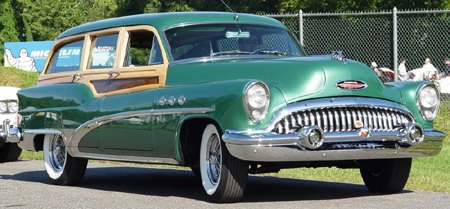















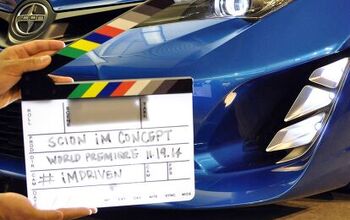
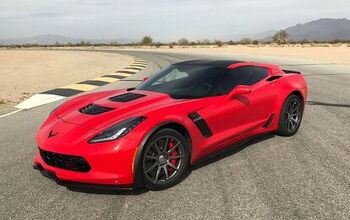
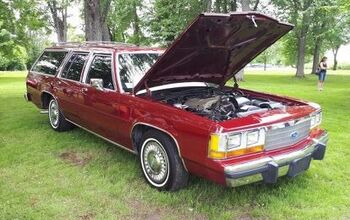
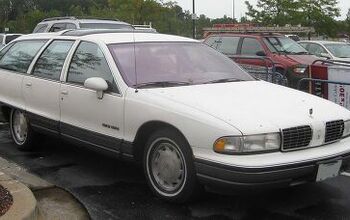











Comments
Join the conversation
I am new to this site and I love it. Just had to comment re: the station wagons. I love 'em and that was the driving force behind me buying an '06 xB. Small wagon to be sure, but it is a wagon and I love it like no other car I have ever owned.
Hey, I drive a station wagon. Seriously. My 2002 Suburban is pretty much exactly the same profile as the Ford station wagon of my youth. Maybe a little taller, but mostly just scaled up. I really think the two-box just got bigger and heavier.